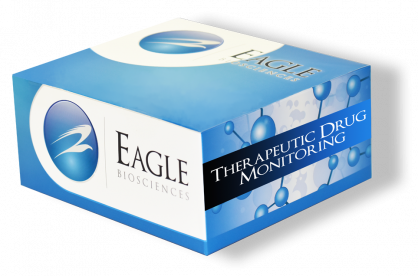Rituximab mAb-based ELISA Assay
The Rituximab mAb-based ELISA Assay is For Research Use Only
Size: 1 x 96 wells
Sensitivity: 2 ng/mL
Dynamic Range: 6 – 200 ng/mL
Incubation Time: 2 hours
Sample Type: Serum, Plasma
Sample Size: 10 µL
Alternative Names: Rituxan, Mabthera
Controls Included
Assay Background
The drug Rituximab (trade name Rituxan® and Mabthera®) is a genetically engineered chimeric murine/human monoclonal antibody directed against the CD20 antigen found on the surface of normal and malignant B lymphocytes. The antibody is a glycosylated IgG1 kappa immunoglobulin containing murine light- and heavy-chain variable region sequences (Fab domain) and human constant region sequences (Fc domain). Rituximab is composed of 1,328 amino acids and has an approximate molecular weight of 144 kD. Rituximab has a high binding affinity for the CD20 antigen.
The specificity of this test system is achieved by using a monoclonal antibody (clon 9D5b) for the coating of the microtiter plate. This antibody is specific for Rituximab only (regardless whether Rituxan ® and Mabthera ®) and does not cross react with other CD20 catchers.
STORAGE AND STABILITY OF THE KIT
The kit is shipped at ambient temperature and should be stored at 2-8°C. Keep away from heat or direct sun light. The microtiter strips are stable up to the expiry date of the kit in the broken, but tightly closed bag when stored at 2–8°C. The usual precautions for venipuncture should be observed. It is important to preserve the chemical integrity of a blood specimen from the moment it is collected until it is assayed. Do not use grossly hemolytic, icteric or grossly lipemic specimens. Samples appearing turbid should be centrifuged before testing to remove any particulate material.
Related Products
Anti-Rituximab (Rituxan) ELISA Kit
Rituximab (Rituxan) ELISA Assay
Ustekinumab mAb-based ELISA



